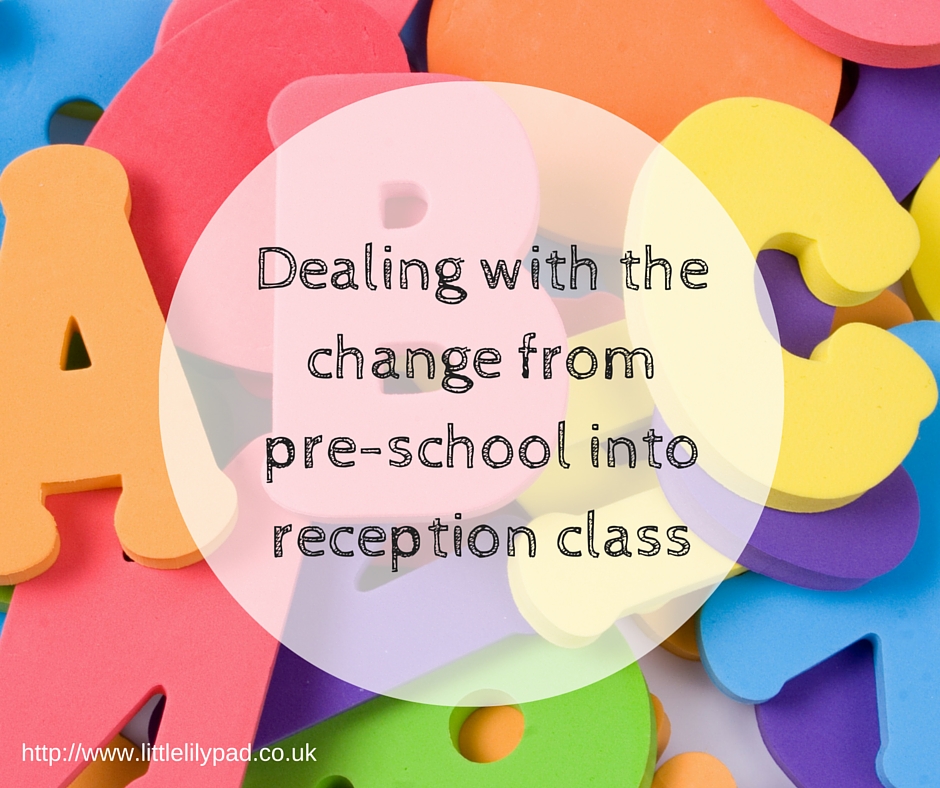How to deal with PMS
Posted on
I have a pre-teen. I am not even sure how that happened. Wasn't she a baby only five minutes ago? Now I am worried about her hormones more than mine and the inevitable body and personality changes that will ensue.
If you’ve ever suffered from bad premenstrual syndrome (PMS), you’ll understand how irritating and uncomfortable it can be. From bloating to mood swings, the weeks before your monthly period can cause a great deal of discomfort and interfere with your day to day life. As a mum to two girls, the good news for them is that I have plenty of simple ways to keep symptoms under control so that they can continue with normal everyday activities (and hopefully not be in too much discomfort!)

Medical treatment
Let's be honest, if you genuinely suffer from severe PMS, there is a range of medical treatments available that may be able to offer some relief. For example, over the counter painkillers like paracetamol can be used to ease stomach cramps, headaches and muscle pain. There are also different contraception options (which as a mum, I am just going to stick my head in the sand about right now) I used the combined contraceptive pill to ease my PMS symptoms long before I was actually using them for the reasons they were intended. It is obviously important to make sure you consult your doctor before starting new contraception as they will be able to recommend the most suitable type for you based on the symptoms you experience and possible side effects. It is also worth bearing in mind that you may have to try a few different treatments before you find something that works for you.
Alternative treatments
I am a big advocate for alternative treatments and there are natural supplements that some women find to be effective at treating PMS. For example, supplements of magnesium, calcium, vitamin D and a herb called agnus castus have all been shown to alleviate troublesome symptoms. Again, it is a good idea to speak to your GP or a healthcare professional before starting any complementary treatments, as taking them too much and too often, or alongside certain medicines, can have adverse side effects.
Behavioural therapy
If you suffer from psychological symptoms during the weeks before you get your period, you may benefit from attending cognitive behavioural therapy sessions. This type of therapy is designed to help you cope better with emotional problems such as anxiety, depression, anger and frustration. A cognitive behavioural therapist may be able to suggest new ways of thinking and behaving to help you manage some PMS symptoms.
Lifestyle changes
Sometimes, all it takes is some simple lifestyle changes to stave off symptoms of mild to moderate PMS. For example, doing a small amount of physical activity every day can increase your energy levels, reduce feelings of stress and release endorphins that lift your mood. Eating a well balanced diet can also help minimise symptoms and boost your overall health, while having smaller portions and avoiding salty foods can prevent bloating and swelling. You should also try to steer clear of caffeine, alcohol and cigarettes as much as possible, as they can have a detrimental affect on your mood and energy.
I "hopefully" have a little while longer before my eldest goes through all these changes and while there is no single solution that will work for everyone, trying some of these self-help techniques and medical treatments has helped me in the past to deal with my PMS but if after all this, you are still finding it difficult to cope with your symptoms, it is always best to speak to your GP for further advice.









